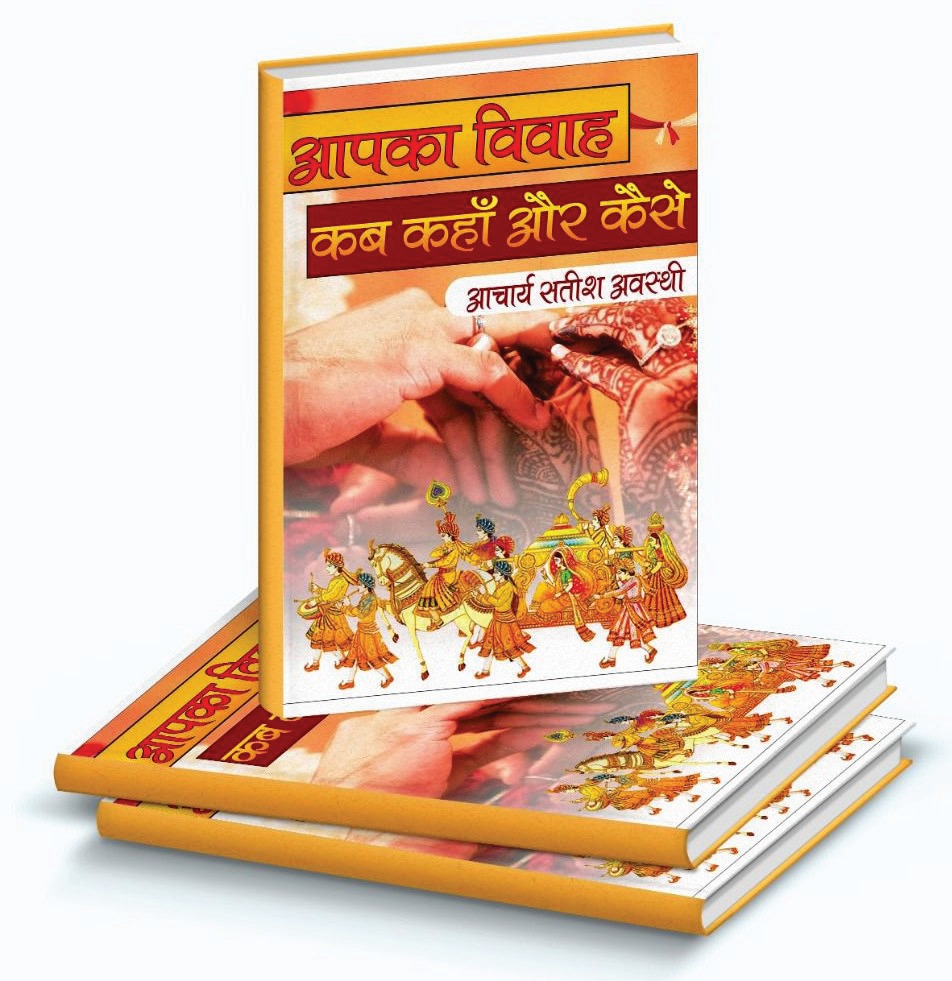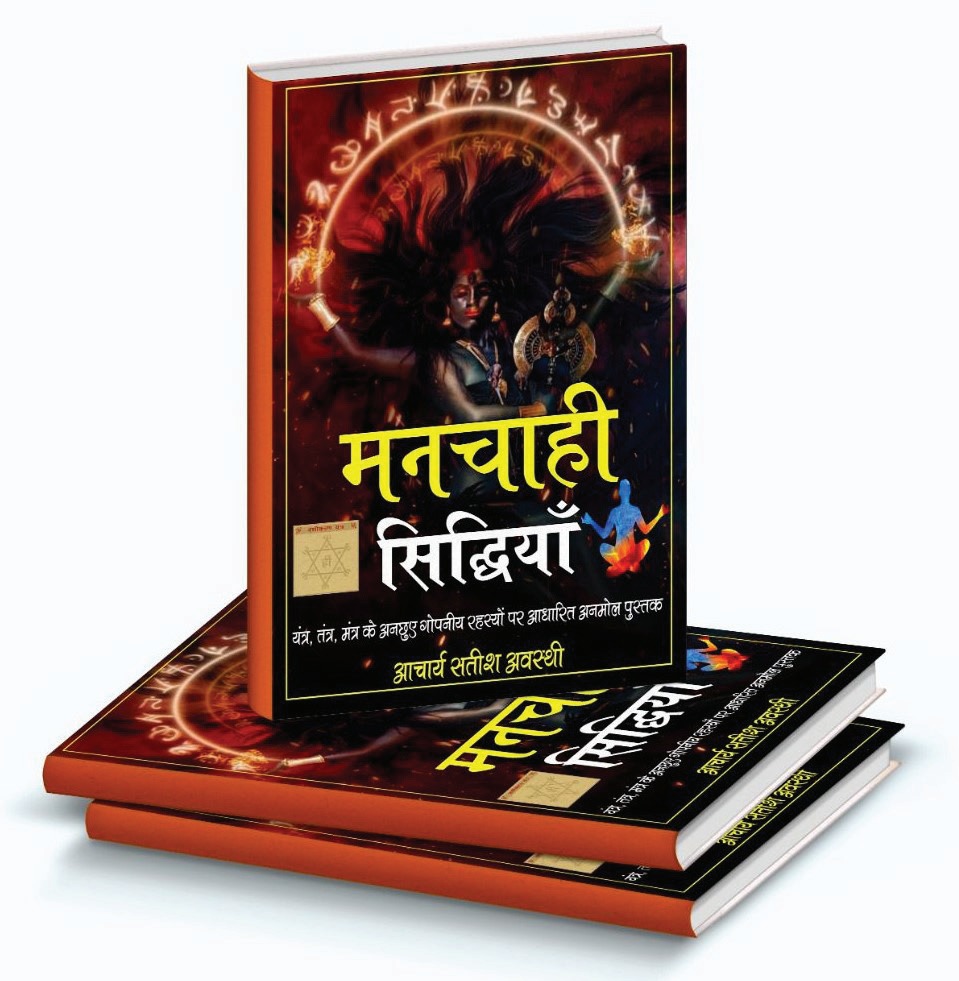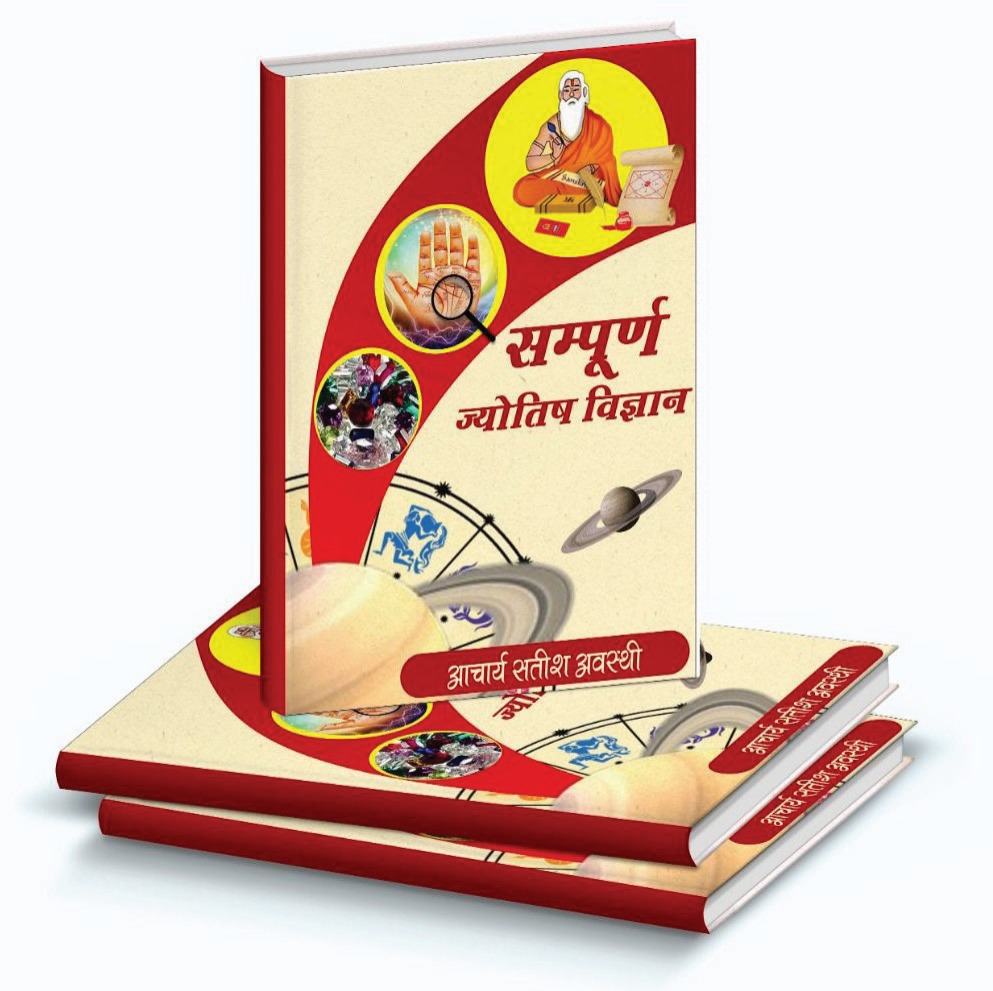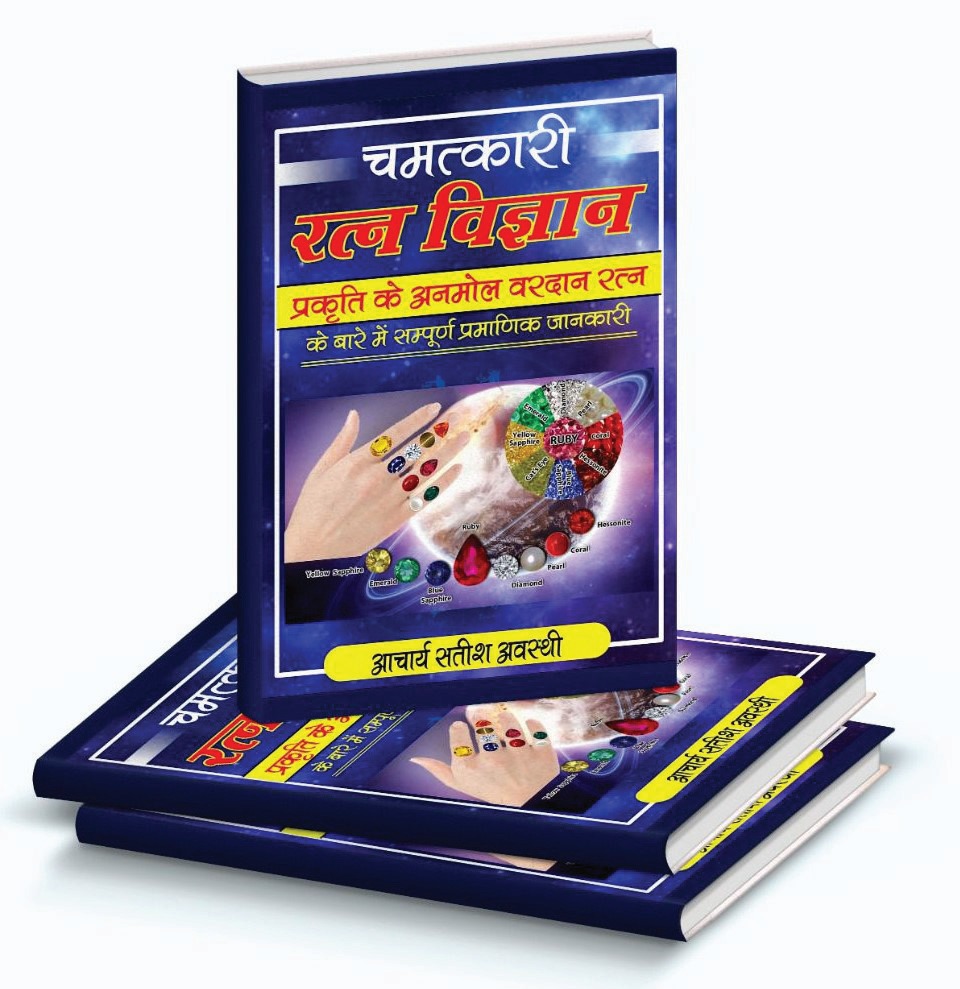contribution
Literary Contribution
Literary Contribution
“HIS CONTRIBUTIONS THROUGH BOOKS”

Swami Ji continued his education in the same manner until Class 5. After that, he came to a place called Namisharmya. This is the place where 98000 sages had gathered to create the scriptures. Upon learning this, Swami Ji felt immense pride that he had the opportunity to receive education at such a place. Swami Ji’s formal education continued at the Sanskrit Ved Pathshala, where they stayed until the 8th grade. Since the facilities there were not very good, Swami Ji’s grandfather got him admitied to Banaras Vidyapeeth. There, he completed his Acharya and PhD.
At that place, he gained such excellent and profound knowledge from his gurus that he wrote 47 books while studying there. His first book was “Jyotish Kyon Thi”, which he wrote at the age of 17. Swami Ji’s writing was not limited to just textbooks. He wrote to give books and reading a new direction. He observed that there are many Vedas and Shastras that people cannot even read because they require the language and knowledge of the scriptures to understand them. However, as people’s interest in Shastras and Vedas increased, Swami Ji sought ways to write them in a simpler language.

Hindu Shastras, the vast collection of ancient scriptures and texts, form the foundation of Hinduism, one of the world’s oldest religions. These texts encompass a wide range of topics, including philosophy, ethics, law, astronomy, medicine, and mythology. However, the rapid pace of modernization and the increasing focus on secularism have led some young people to question the relevance of traditional religious practices and beliefs. On the other hand, Swami Ji acknowledges the importance of Hindu Shastras and takes steps to bridge the gap between tradition and modernity to ensure that these valuable teachings continue to inspire and guide future generations.


Swami Ji recognised that the vastness and complexity of the Shastras can be intimidating for young people unfamiliar with Sanskrit or the historical context. For this, he wrote books on various topics, including Shastras, the common man, and Granths and presenting the wisdom of the Shastras in a contemporary and relatable way can resonate more with younger audiences. A prime example of Swami Ji’s commitment to accessibility is his creation of the Akshata Gita. This sacred text is presented in a language so clear and common that even those without prior knowledge can readily grasp its profound meaning. Similarly, his retelling of the Shiv Mahapuran utilizes a common language, making it approachable for all. These, along with his other works, are all composed in Hindi, reflecting his unwavering dedication to making even the most intricate subjects readily understandable.
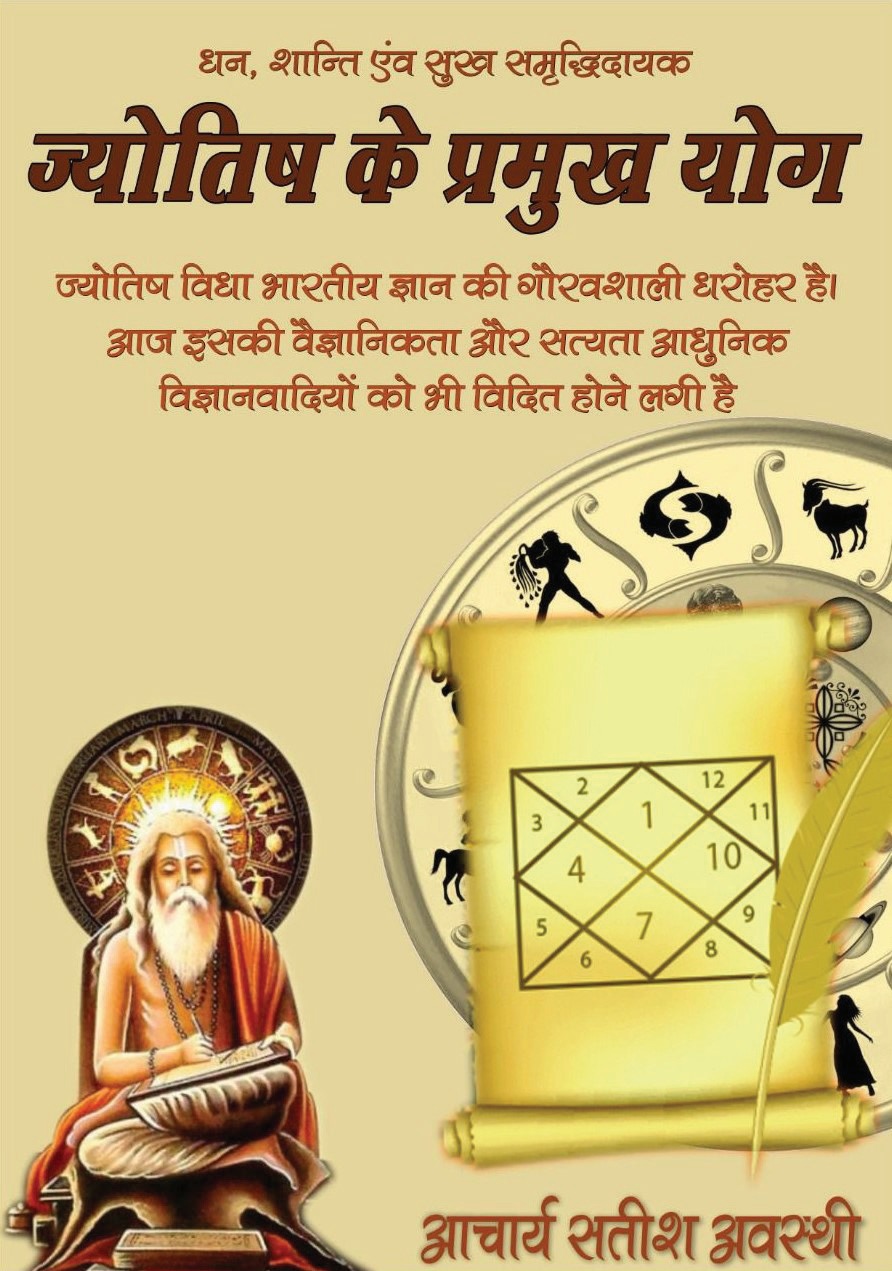

He is a renowned interpreter of Shiv Mahapuran, one of the most important scriptures of Hinduism. They explain complex religious concepts in simple and intuitive language, helping people achieve spiritual enlightenment. Every week, Swami Ji gives sermons on Shiv Mahapuran to hundreds of people. His discourses focus on topics such as spirituality, meaning of life and self-realization that have changed many lives.
He champions the use of innovative methods, incorporating interactive learning, and captivating storytelling techniques. Through these creative tools, he transforms the study of Shastras from a potentially daunting pursuit into an engaging and enriching experience for people.


